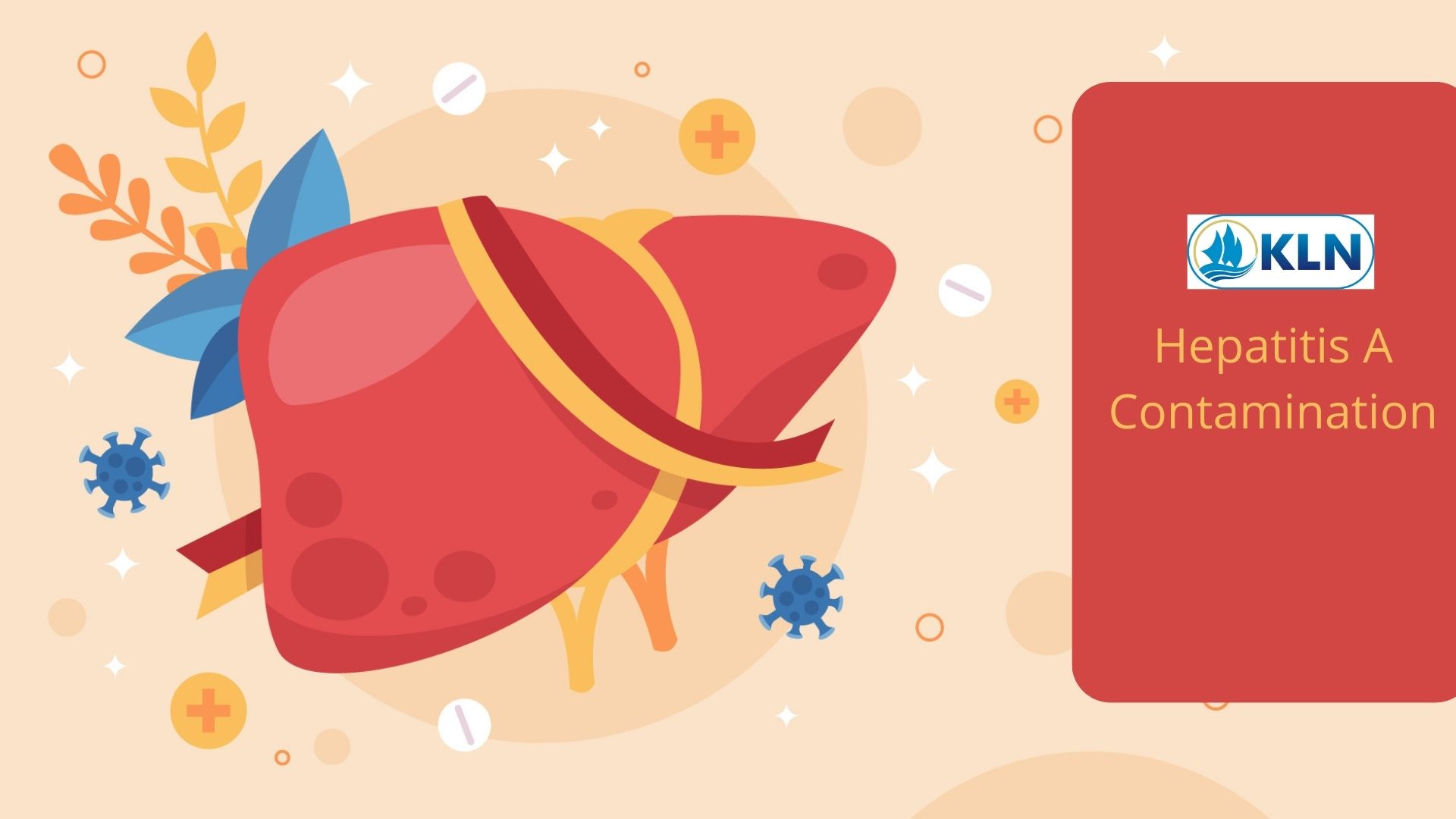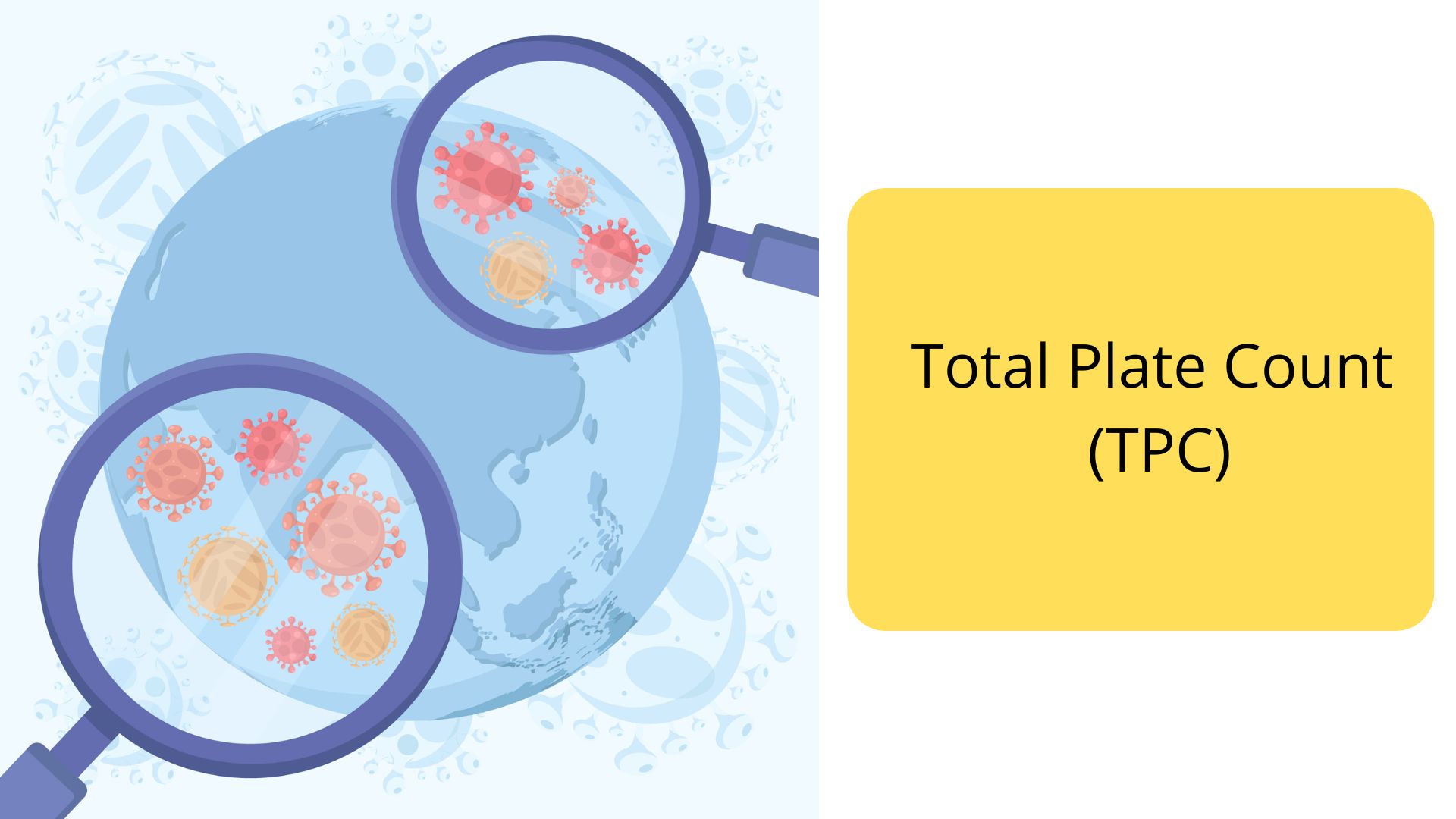Shigella Causes a Diarrheal Illness
By. Najih - 24 Jul 2024.jpg)
Shigella is a Gram-negative, non-motile, non-spore-forming, rod-shaped bacterium capable of causing disease in humans. Disease occurs when virulent Shigella organisms are consumed and invade the intestinal mucosa, resulting in tissue destruction. There are four different groups of Shigella species: Shigella dysenteriae (group A), Shigella flexneri (group B), Shigella boydii (group C), and Shigella sonnei (group D). Shigellosis is characterized in humans by sudden and severe diarrheal (gastroenteritis or bacillary dysentery), which is often bloody. Most infected people also develop fever and stomach cramps within 1–2 days after exposure to the bacteria. Symptoms typically last 5–7 days, and most shigellosis cases resolve without need for hospitalization.
Shigella is found in the stool (feces) of infected people, in food or water contaminated by an infected person, and on surfaces that have been touched by infected people. Shigellosis often occurs in toddlers who are not fully toilet-trained. Family members and playmates of children infected with Shigella are at high risk of becoming infected. Shigella can spread easily in environments such as day care facilities. People become infected with Shigella by:
- Eating food or drinking liquids contaminated by an infected person.
- Touching contaminated surfaces or objects and then touching their mouth or putting a contaminated object into their mouth.
- Swallowing recreational water contaminated with Shigella (recreational water includes lakes, streams, rivers, springs, ponds, swimming pools, hot tubs, Jacuzzis, and water park fountains).
- Not washing hands after using the bathroom or changing diapers and then eating foods.
How to preventing Shigella infections?
- Wash your hands with warm, soapy water for 20 seconds
- After using the bathroom
- After changing diapers
- Before eating
- Wash your hands more often when someone in your household is sick.
- Supervise young children to be sure they are properly washing their hands.
- Do not send your child to daycare or preschool if he or she has diarrheal.
- Avoid preparing food for others while you have symptoms.
- Clean and disinfect surfaces with household bleach immediately after vomiting or diarrheal accidents
.jpg)

.jpg)

.jpg)
.jpg)
.jpg)

